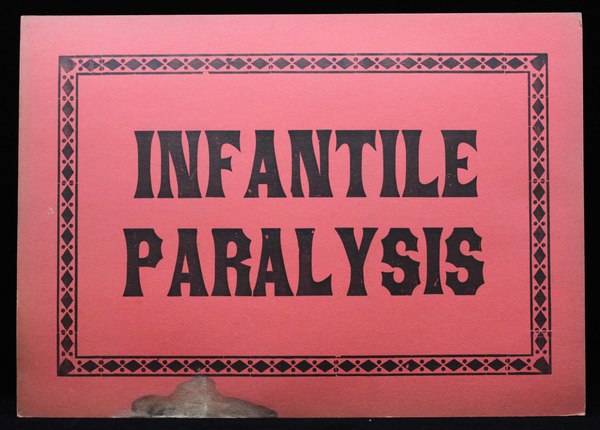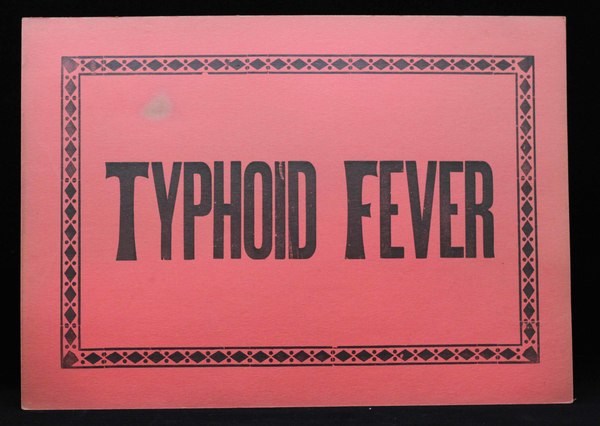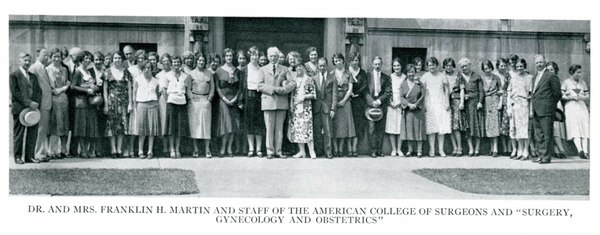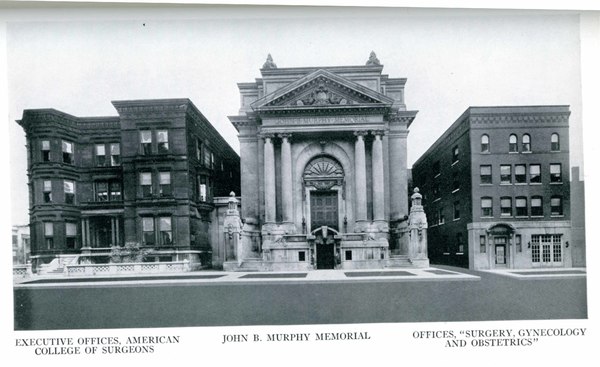Organization of the Profession
Water sanitation and the spread of disease concerned physicians in Chicago in the mid-1800s. With the city expanding along the Chicago River, sewage was carried directly into Lake Michigan, affecting the clean water supply. Engineers reversed the flow of the river entirely by 1900, but diseases such as Diptheria and Typhoid still broke out on occasion. Medical pioneers such as Nathan Smith Davis, founder of Mercy Hospital, advocated for water sanitation reform in the nineteenth century.
Signs placed on doors warned visitors and hospital staff of rooms with infected patients. Diphtheria, Infantile Paralysis, Smallpox, and Typhoid are all examples of illnesses that had frequent outbreaks and needed to be contained in the early-1900s.
Established physicians found ways to organize into larger bodies to maintain high standards of practice during the nineteenth century, as well. Organizations headquartered in Chicago such as the American Medical Association (incorporated in 1897), American College of Surgeons (established in 1912), and International College of Surgeons (founded in Switzerland in 1935) gave practicing doctors and surgeons avenues to advocate for reform, set guidelines, and recognize pioneering medical research.






